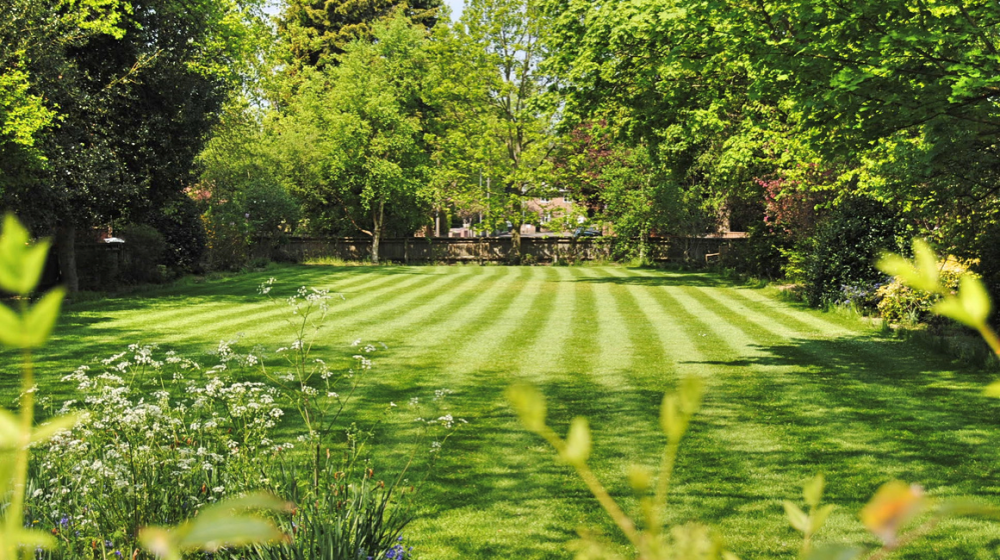
How to Combat Florida Lawn Diseases
Florida’s warm, humid climate makes lawns susceptible to diseases such as brown patch, dollar spot, and root rot. Learn how to spot early signs of disease, improve lawn care practices, and apply targeted treatments to keep your grass healthy, green, and disease-free throughout the year.
Keep Your Grass Healthy and Green in the Sunshine State
Maintaining a lush, green lawn in Florida isn’t just about sunshine and sprinklers. Our hot, humid climate creates a breeding ground for lawn diseases that can quickly take over if left untreated. From brown patch to dollar spot, these common fungal infections can cause unsightly damage and weaken your turf.
Fortunately, with a few proactive strategies, you can protect your Florida lawn and keep it thriving all year long.
Identify the Signs of Lawn Disease
The first step in combating lawn disease is knowing what to look for. Most turf diseases appear as discolored patches, spots, or rings in the grass. You might notice:
- Brown or yellow patches that expand over time
- White, gray, or black mold-like growth on blades or soil
- Thinning or dead grass in irregular shapes
- Sticky or slimy residue, especially in humid conditions
Each disease has its own signature, so if you’re unsure, bring a grass sample to your local extension office or hire a lawn care professional for an accurate diagnosis.
Common Florida Lawn Diseases
- Brown Patch – This fungal disease typically affects St. Augustinegrass and zoysiagrass in cooler months. It begins as circular brown patches that expand quickly.
- Gray Leaf Spot – Especially common in summer, this disease causes gray or tan spots on St. Augustinegrass leaves.
- Dollar Spot – Named for its silver-dollar-sized spots, this disease targets Bermuda and zoysiagrass.
- Pythium Root Rot – Often triggered by poor drainage, this disease causes the roots to rot, resulting in wilting and thinning of the turf.
- Rust – This disease gives your grass a dusty orange appearance and weakens the plant’s ability to photosynthesize.
Preventative Lawn Care Practices
The most effective way to manage lawn diseases is to prevent them from occurring in the first place. Healthy grass is naturally more resistant to disease. Try these Florida-friendly lawn care practices:
- Water wisely: Water deeply but infrequently—typically 2–3 times per week in summer and less in winter. Water early in the morning to allow the grass to dry before nightfall.
- Mow properly: Keep your mower blades sharp and never cut more than one-third of the grass blade at once. Avoid mowing wet grass to prevent spreading spores.
- Fertilize appropriately: Over-fertilizing can feed fungal growth. Use a slow-release nitrogen fertilizer and follow UF/IFAS recommendations for your grass type.
- Improve airflow: Aerate compacted soil and trim overhanging trees to reduce humidity and promote air circulation.
- Remove thatch: Excessive thatch can harbor moisture and fungi. Dethatch when necessary to maintain a healthy soil surface.
Targeted Treatment Options
If disease symptoms persist, consider a targeted fungicide. Always follow label instructions and choose products suitable for your grass type and the specific pathogen. For ongoing problems, rotating fungicides with different active ingredients can prevent resistance buildup.
Stay Vigilant Year-Round
Florida’s warm weather means lawn diseases can strike at almost any time of year. Regular lawn inspections and seasonal maintenance are your best defense. By staying attentive and proactive, you can enjoy a healthy, vibrant lawn—no matter what the Florida climate throws your way.